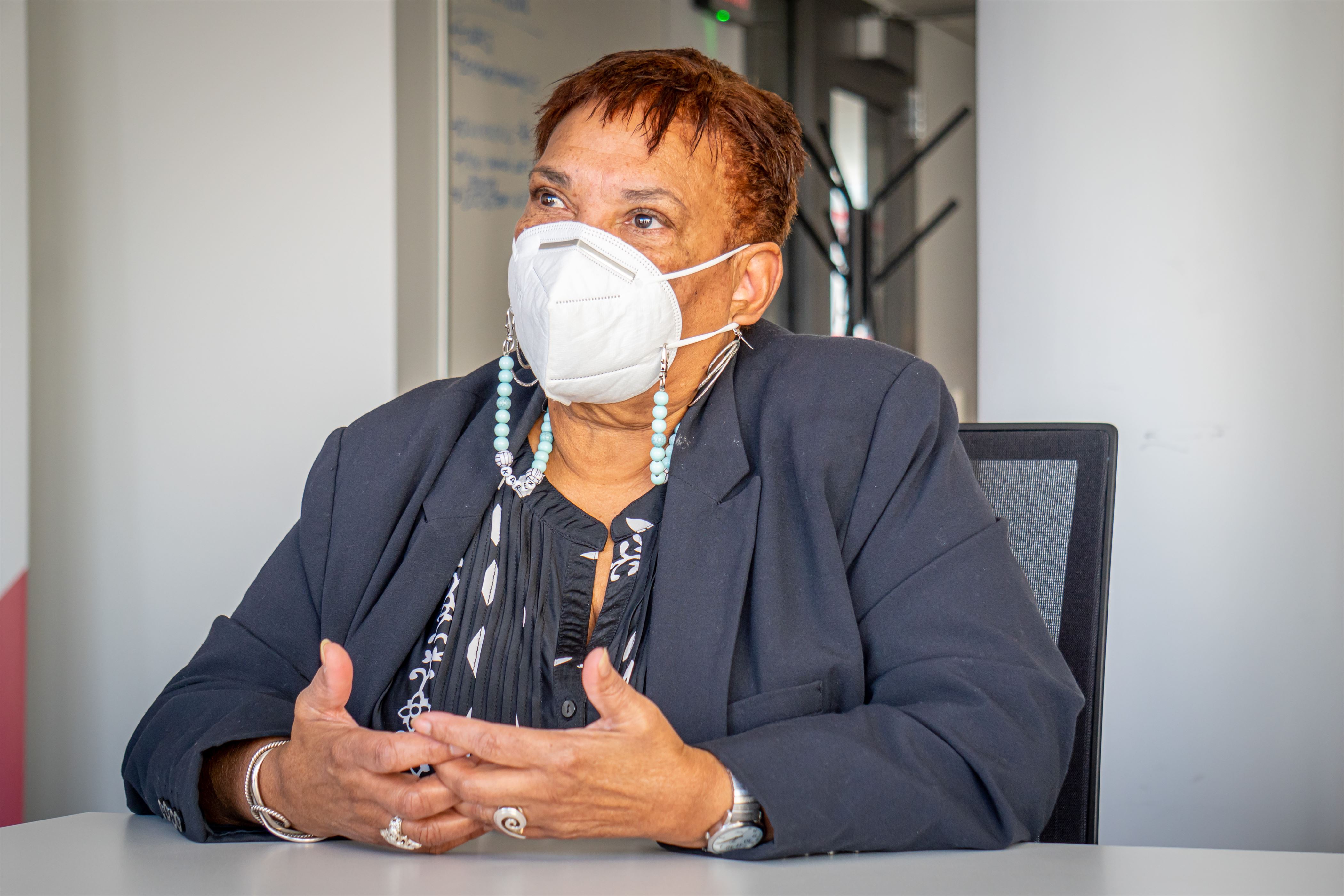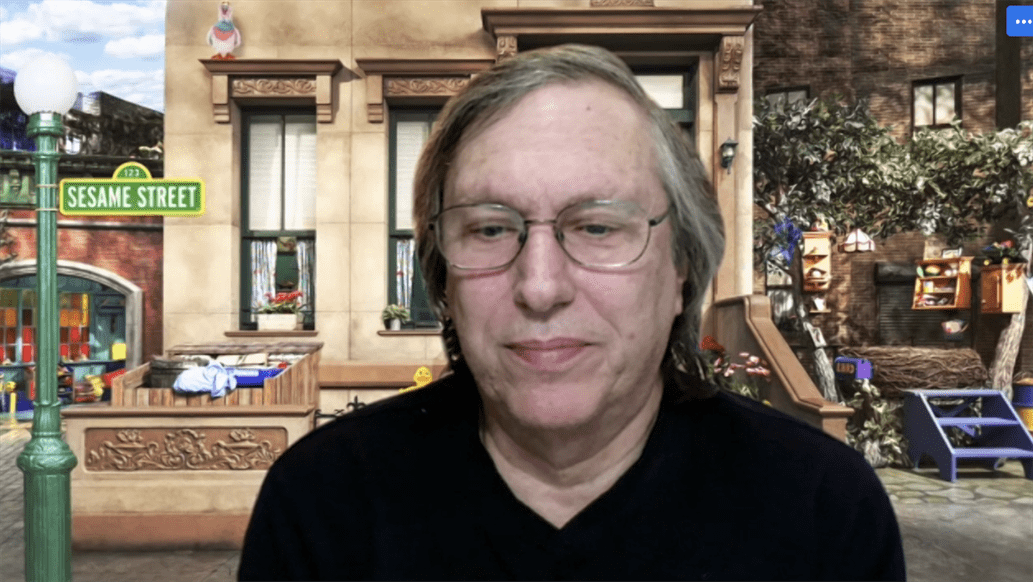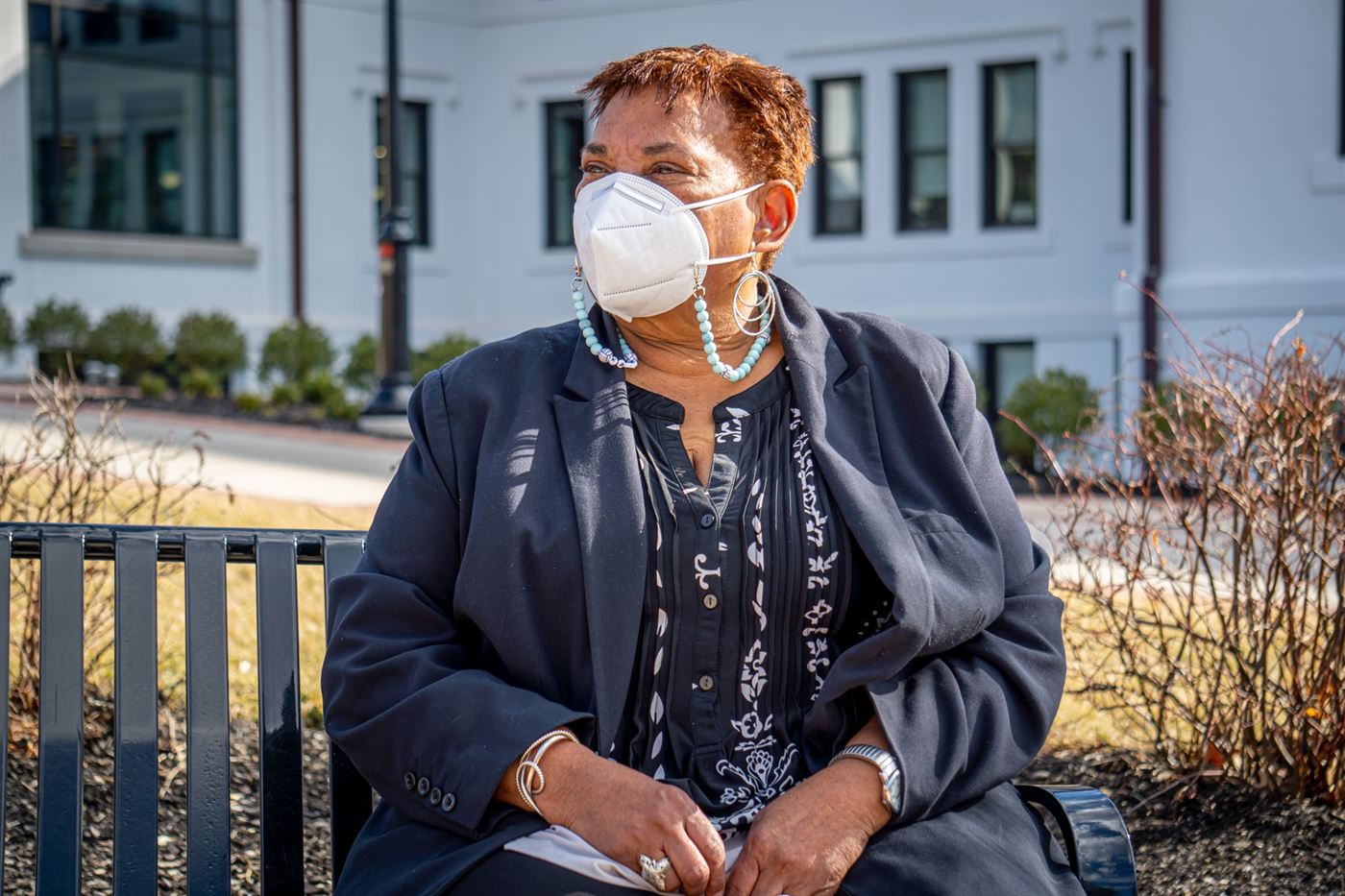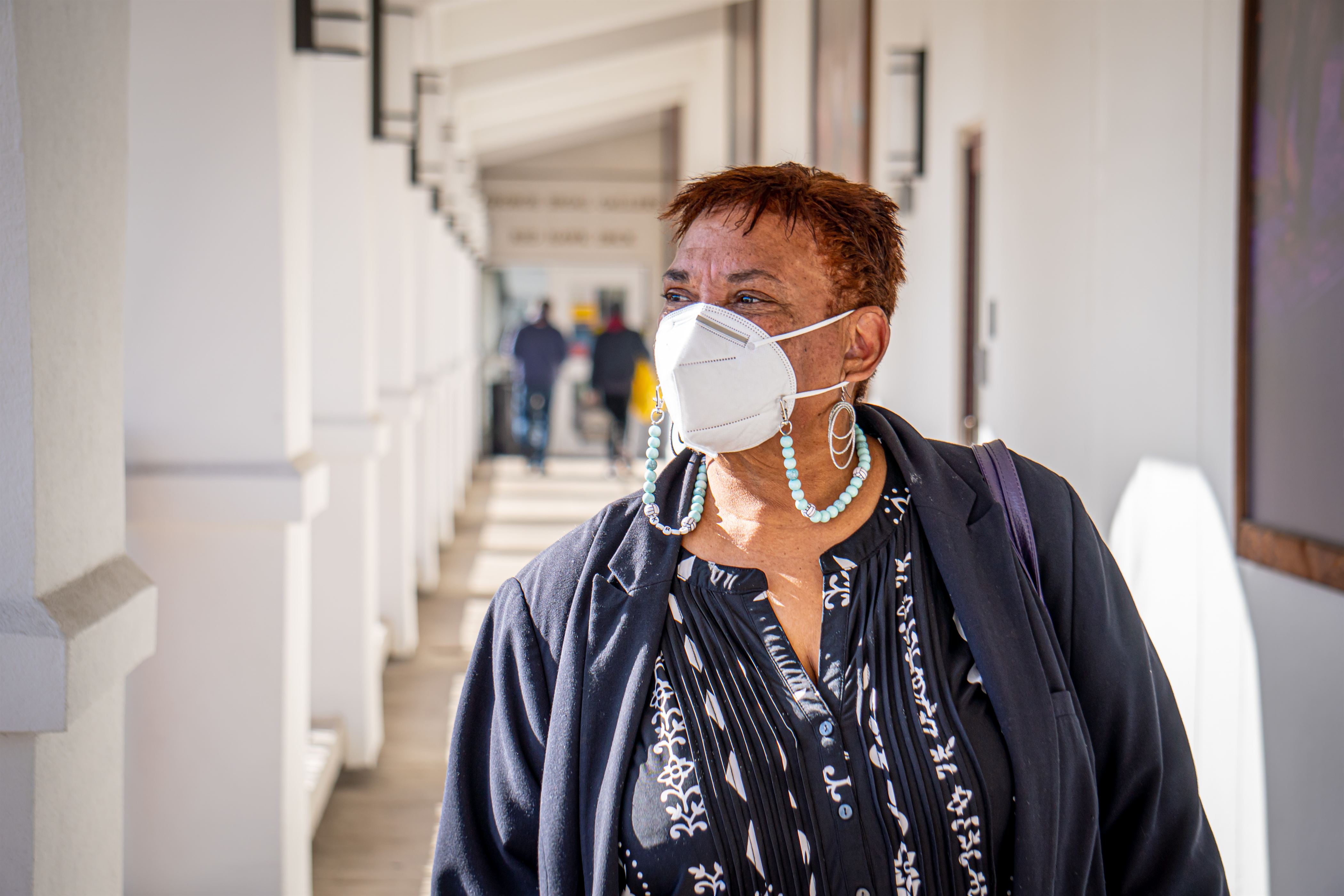During the first week in March, The Montclarion will be publishing content related to the two-year commemoration of the coronavirus (COVID-19) pandemic and the effect it has had on Montclair State University’s campus community #Since2020.
In February of 2020, meetings were a regular occurrence for Montclair State administrators. Students were planning to study abroad that summer, admissions staff were preparing for incoming freshman orientations and faculty were planning out their fall 2020 curriculums. However, as the unfamiliar coronavirus (COVID-19) began to creep closer to home, the people running Montclair State had a lot of impactful decisions to make.
On March 17, 2020, those university leaders made their toughest call. Following Governor Murphy’s Executive Order No. 104 for all colleges to cease in-person instruction, a campus-wide email was sent out requiring all students who did not have a legitimate reason to remain on campus to remove all of their belongings from the residence halls and flee back to their homes.
By 4 p.m. on March 23, 2020, Montclair State students had vacated the campus. Residence halls were empty and thus began the transformation to “Zoom University.” The “new normal” began.
Dr. Karen Pennington, former vice president of student life and campus development who has since retired, recalled the early days of COVID-19.
“We had no choice,” Pennington said. “The governor’s executive order came in [and] that was our directive that everything has to shut down, classes have to become remote and students have to go home.”
A sense of urgency kicked in across campus as the fear of lockdown was now a lived reality. Residential Life was immediately called to develop a safe system for the student move-out process and for the students who remained in their campus dorms.
Jeanine Stroh, the executive director of Residential Life, emphasized their efforts to serve those who had to remain on campus.
“We were very concerned with our students that call [Montclair State] their home,” Stroh said. “We didn’t want them to feel they had nowhere to go.”
For those students newly quarantined in their homes away from campus, the situation only got worse. With classes now transitioning to remote platforms, students lacking internet access or at-home computers worried about their education.
“I can remember Dean [Margaree Coleman-Carter] driving a laptop to a student’s home in Bloomfield for the student to be able to get to do her work, because she didn’t have a computer, and she didn’t have a way to get here, because the buses weren’t running,” Pennington said. “This [pandemic] impacted everyone in such large ways and ways that you couldn’t control. You were trying to do what you can when you could.”

Dr. Karen Pennington speaks about the impact the coronavirus (COVID -19) pandemic had on Montclair State University.
Lynise Olivacce | The Montclarion
While students struggled to construct a classroom out of their bedrooms, Montclair State professors were challenged with reconfiguring their once in-person courses to remote platforms. According to Pennington, remote learning was not every professor’s forte.
“We had faculty at that time who still weren’t even using Canvas,” Pennington said. “Suddenly, they all had to learn Canvas. They all had to learn to use Zoom or something else, because there was no other way all of a sudden, and that was unique.”
The toll of COVID-19, both physically and mentally, was immediate. Nearly one week into isolation, Montclair State mourned the death of fellow student Jose Fernandez, who died on April 3, 2020, due to COVID-19 complications. About one month later, on May 7, 2020, the university mourned another death, 50-year-old shuttle bus driver, Lunisol Guzman.
By the fall 2020 semester, students had already experienced a wave of emotions from the excitement of an extended spring break and an influx of personal self-care days, to the fears of a mysterious, rapidly-spreading virus affecting their loved ones.
Counseling and Psychological Services (CAPS) were sending out emails about “pandemic fatigue” and how to identify the symptoms, such as lack of motivation and depressive or anxious moods. The student body was starting to get sick of this pandemic rollercoaster and wanted off, but the ride was not over yet.
Homes, which were safe spaces to unwind and escape the stresses of life, became offices, classrooms and socialization centers all in one. And for those students whose home life already impacted them heavily before the pandemic, stress levels continued to rise. Rich Wolfson, president of Montclair State’s chapter of the American Federation of Teachers, said these stressful situations took a toll on students’ mental health.

Rich Wolfson, president of Montclair State’s chapter of the American Federation of Teachers, said these stressful situations took a toll on students’ mental health.
Chelsey Johnstone | The Montclarion
“If you’re living in a two-bedroom apartment with your siblings that are going to school trying to navigate K through 12, or if they’re little and you’re trying to go to college, and mom and dad worried about everything for a year and a half, that leads to a lot of mental pain, and it’s invisible,” Wolfson said. “Those students were stressed in normal times. Can you imagine what it was like through the pandemic?”
Escapism became a common coping mechanism for students just needing a break from the realities of the pandemic. Students resorted to taking long walks outside, scrolling through their TikTok “For You” pages and binge-watching their favorite comfort television shows. For Ben Strong, senior musical theatre major, the television crime series, “Better Call Saul,” stored the pandemic problems away momentarily.
“It was nice to put that on and kind of, in a weird, nostalgic way, remember life before [COVID-19] and get transported a little bit,” Strong said.
This pandemic taught Montclair State, and most of the country, just how fast time flies. Now in 2022, it’s as if 2020 and 2021 blurred together into one fuzzy, traumatic event. Although the coronavirus changes each day and there are concerns over new variants, people still remember the start of the “new normal.”

Dr. Karen Pennginton sits on a bench in front of Susan A. Cole Hall.
Lynise Olvacce | The Montclarion
“I don’t think we could have anticipated some of the things that happened,” Pennington said. “We were all really just flying blind in the world.”



